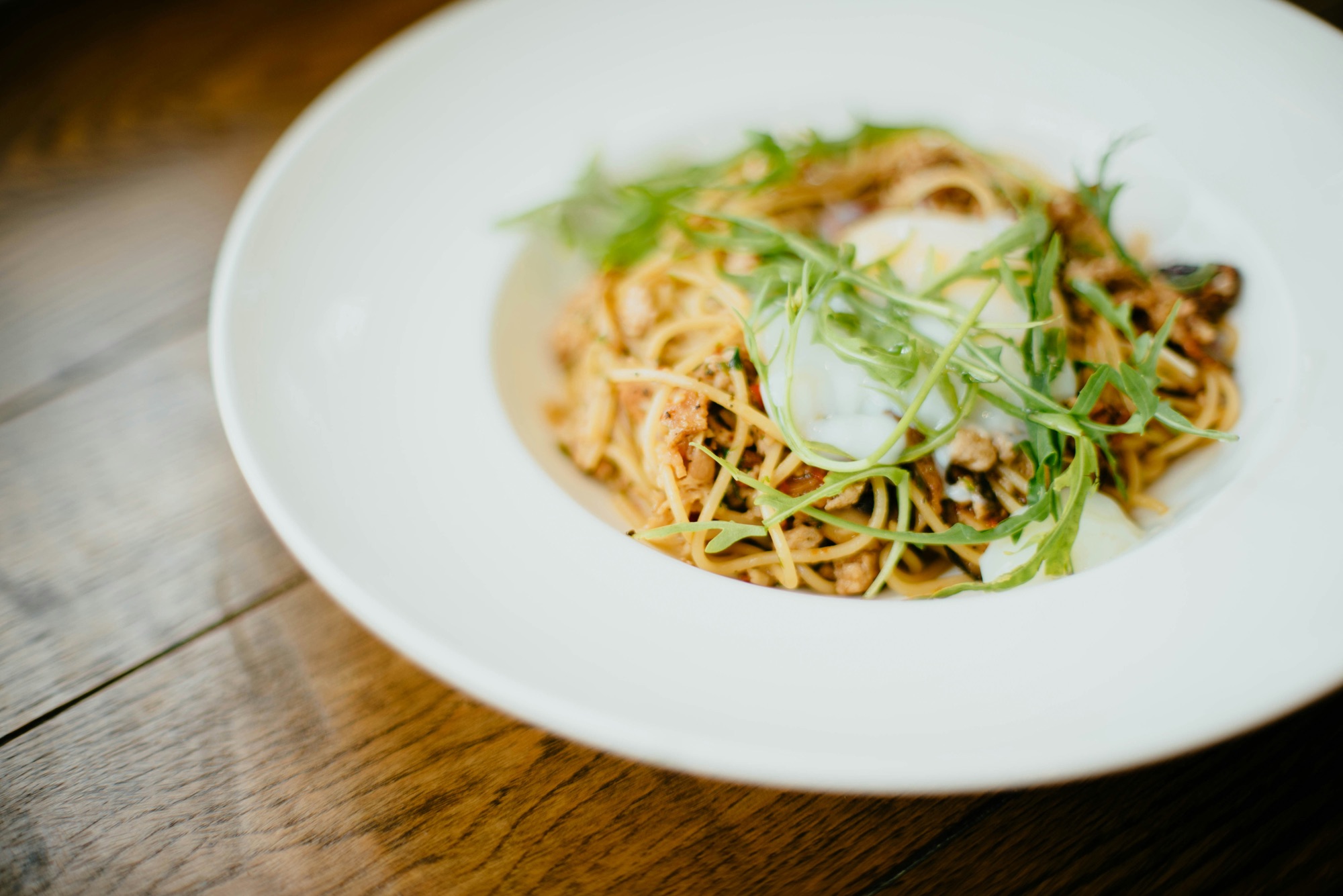Cultural Heritage and Tradition
The history of pasta in Italy dates back to ancient times, with evidence suggesting that early forms of pasta were consumed as far back as the Etruscan civilization, around the 4th century BC. However, it was during the Middle Ages that pasta began to resemble the dish we know today, particularly in Southern Italy, where durum wheat—perfect for pasta-making—was cultivated extensively. By the 13th century, pasta was becoming a staple in the Italian diet, particularly in Sicily and Naples, regions that would later become renowned for their pasta production.
The Evolution of Pasta-Making Techniques
The advent of dried pasta, which could be stored for long periods, revolutionized Italian cuisine, making it possible for people to have a ready supply of this versatile food. This development was particularly significant during times of scarcity, ensuring that even during harsh winters or poor harvests, Italians had access to a reliable, filling food source. The ability to dry and store pasta efficiently allowed for greater experimentation with pasta shapes and textures, giving rise to the diverse varieties we see today.
Pasta and Social Celebrations
Pasta’s deep integration into Italian culture can also be traced to its association with important social and religious events. Pasta was often featured in feasts and celebrations, symbolizing abundance and comfort. The tradition of making fresh pasta by hand, passed down through generations, became a cherished family activity, reinforcing its place not only as a meal but as a cultural touchstone. In many Italian regions, specific pasta dishes are prepared for particular events; for example, “pasta al forno” is commonly served during festive occasions and family gatherings.
Availability of Ingredients
Italy’s Mediterranean climate, particularly in the southern regions, is ideal for growing durum wheat, the primary ingredient in pasta. Durum wheat’s high gluten content makes it perfect for creating pasta that holds its shape and texture when cooked. The abundance of this crop in regions like Sicily, Apulia, and Calabria led to the widespread production of pasta as a staple food.
The Economic Impact of Wheat Production
Historically, durum wheat was not only a crucial agricultural product but also a significant part of Italy’s economy. By the Renaissance, pasta had become a crucial part of the Italian diet, and Naples emerged as a major hub for pasta production, with its dry, windy climate ideal for drying pasta. This allowed pasta to be produced in large quantities and exported to other regions, spreading its popularity across Italy.
Pasta as an Affordable Food Source
The abundance of durum wheat made pasta an accessible and affordable food for the masses. During periods of economic hardship, pasta remained a staple, providing nourishment and sustenance when other foods were scarce or expensive. This accessibility is a key reason why pasta has remained a constant in the Italian diet, transcending social classes and regional differences. Even today, pasta remains one of the most cost-effective and versatile ingredients for families across Italy.
Nutritional Value and Sustenance
Pasta’s enduring popularity in Italy is also due to its nutritional value. Made from durum wheat semolina, pasta is rich in complex carbohydrates, providing a steady source of energy. Unlike simple sugars, complex carbohydrates are digested slowly, offering sustained energy levels, which is particularly important in a traditional agricultural society where physical labor was common.
Balanced and Nutritious Meals
Historically, pasta was often paired with inexpensive and readily available ingredients like beans, vegetables, and olive oil, creating a nutritionally balanced meal. This combination of carbohydrates, fiber, and healthy fats was crucial in sustaining the population through times of both economic prosperity and hardship. The versatility of pasta allowed Italians to adapt their meals to whatever ingredients were available, making it a reliable source of nutrition.
Pasta in the Mediterranean Diet
The inclusion of pasta in the Mediterranean diet, which is rich in fruits, vegetables, whole grains, and lean proteins, has also contributed to its reputation as a healthy food. Studies have shown that the Mediterranean diet, which prominently features pasta, is associated with a lower risk of chronic diseases such as heart disease, diabetes, and certain cancers. This health benefit has only further cemented pasta’s role in the Italian diet.
Versatility in Cooking
One of the most compelling reasons for pasta’s popularity is its incredible versatility. Pasta can be paired with a seemingly endless variety of ingredients, from simple tomato sauces and fresh herbs to rich, slow-cooked ragùs and seafood. This versatility is rooted in Italy’s regional diversity, with each area boasting its own unique pasta shapes and traditional recipes.
Regional Variety and Specialization
For example, in the northern regions of Italy, where dairy is more prevalent, pasta dishes often feature butter, cream, and cheese, such as in the famous Alfredo sauce or the rich lasagna of Emilia-Romagna. In the southern regions, where the climate supports the cultivation of tomatoes, olives, and fresh herbs, pasta is more likely to be served with light, flavorful sauces made from these ingredients, such as the iconic spaghetti al pomodoro.
The Art of Pairing Pasta Shapes with Sauces
The development of different pasta shapes was not just for aesthetic purposes but was also practical, designed to complement specific types of sauces and ingredients. Rigatoni, with its ridged edges, is perfect for holding chunky sauces, while the delicate strands of capellini are ideal for light broths or oil-based sauces. This thoughtful pairing of pasta shapes with sauces has made pasta a culinary canvas, allowing endless creativity in Italian kitchens.
Social and Family Importance
In Italy, meals are a central part of social life, and pasta often takes center stage. The Italian tradition of gathering around the table to share a meal is deeply ingrained in the culture, with pasta frequently serving as the main course. This practice goes beyond simply eating; it is about sharing, bonding, and creating memories with family and friends.
Pasta as a Medium for Cultural Exchange
Pasta dishes are often passed down through generations, with recipes that carry family histories and regional identities. These dishes are more than just food; they are a way of preserving and celebrating Italian heritage. Whether it’s a simple bowl of spaghetti aglio e olio or a complex lasagna prepared for a special occasion, pasta brings people together, fostering a sense of community and belonging.
The Communal Aspect of Pasta-Making
The act of making pasta, particularly fresh pasta, is also a communal activity in many Italian households. Families often come together to roll out dough, shape pasta, and prepare sauces, turning cooking into a shared experience. This communal aspect of pasta-making strengthens family bonds and ensures that culinary traditions are passed down through generations.
Pasta in Modern Italian Society
The Rise of Pasta Tourism
In recent years, pasta has also become a significant draw for tourists. Many visitors to Italy seek out authentic pasta experiences, from cooking classes in Tuscany to dining in renowned trattorias in Rome. This has led to the growth of pasta-related tourism, contributing to the economy and reinforcing pasta’s status as a symbol of Italian culture.
Innovations in Pasta Production
While traditional methods of pasta-making are still revered, modern innovations have also taken hold. Advances in agricultural technology have improved wheat production, while new pasta-making techniques have led to the development of whole grain and gluten-free options, catering to contemporary dietary preferences. These innovations ensure that pasta remains relevant and accessible to a global audience.
Conclusion: A Culinary Legacy
Italians eat so much pasta because it is deeply embedded in their history, culture, and daily life. From its ancient origins to its role in modern Italian cuisine, pasta has been a constant, adaptable, and beloved staple. Its cultural significance, combined with the availability of ingredients, nutritional value, and versatility, has made pasta an enduring symbol of Italian identity. Whether enjoyed at a casual family dinner or a festive celebration, pasta remains at the heart of Italy’s culinary tradition, a testament to the rich and varied history of this remarkable country.




